 |
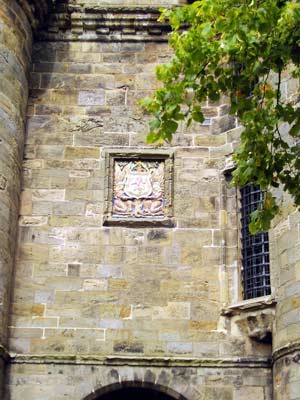 |
| Falkland Palace's most memorable historical event begins with the death of David, eldest son of Robert III and heir to the throne, in 1402. The Duke of Albany later rebuilt the castle as a royal hunting palace and the village grew to serve its needs. A further major reconstruction took place for James V (Mary, Queen of Scots' father) in 1539, which included the building of the world's oldest Royal Tennis Court, still in use today. It was here that James V died in 1542 aged only 30, while at Linlithgow Palace, his wife Marie de Guise had just given birth to their daughter Mary. Mary stayed here in 1563 and 1565, where she enjoyed hawking and hunting. | |
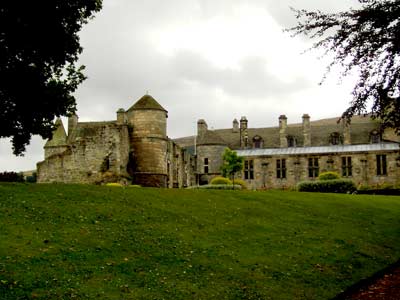 |
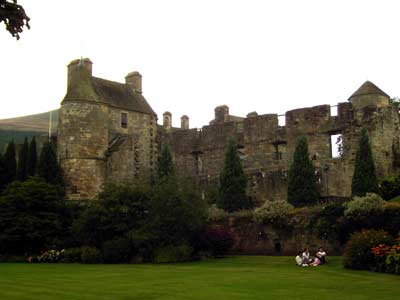 |
| The building gradually fell into disrepair and in 1654, Cromwell's troops burned down the Great Hall, while other parts of the palace were used as a quarry. Falkland's later fortunes were closely linked with the weaving of linen. In 1792 there were 231 weavers in the village, probably about a third of the population. Other buildings in the village reflect other phases of its history, and other industries including brewing. | |
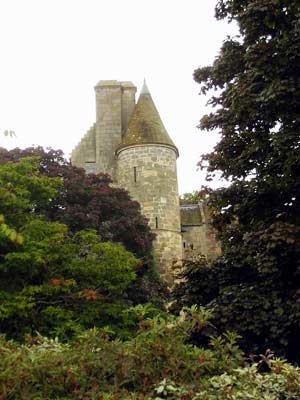 |
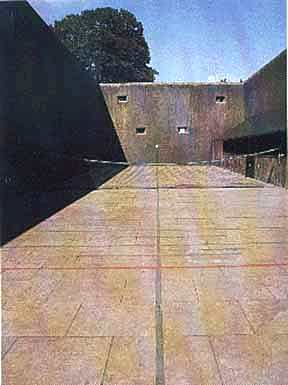 |
|
Click HERE to see the gardens... |
|